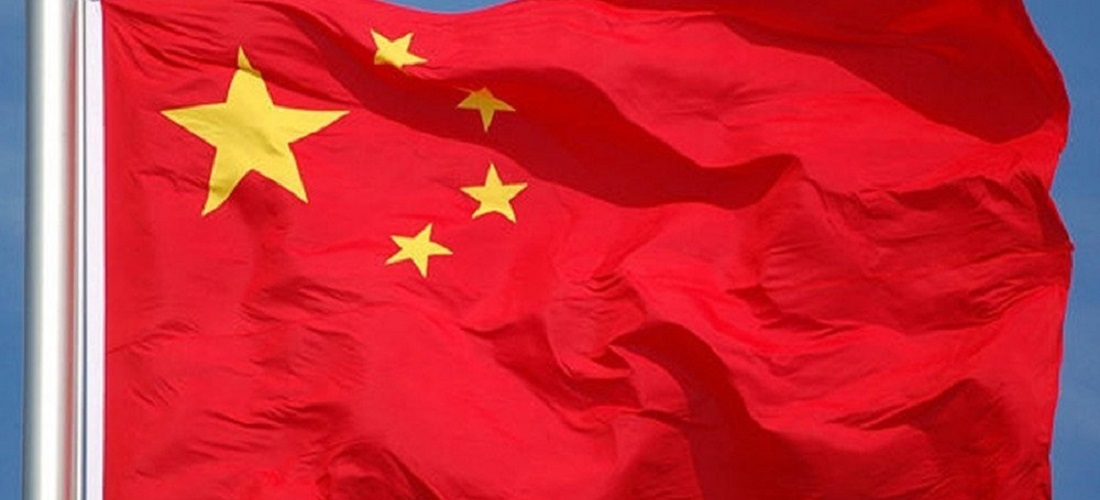
It’s US vs. China in an Increasingly Divided World Economy
Nov, 08, 2023 Posted by Gabriel MalheirosWeek 202342
For decades, the U.S. and other Western countries sought to make China both a partner and a customer in a single global economy led by the richest nations. Now trade and investment flows are settling into new patterns built around the two competing power centers.
In this increasingly divided world economy, Washington continues to raise the heat on China with investment curbs and export bans, while China reorients large parts of its economy away from the West toward the developing world.
Benefits for the U.S. and Europe include less reliance on Chinese supply chains and more jobs for Americans and Europeans that otherwise might go to China. But there are major risks, such as slower global growth—and many economists worry the costs for both the West and China will outweigh the advantages.
The strategies are growing harder to unravel as both sides sink more resources into them.
Chinese factories are replacing Western chemicals, parts and machine tools with those from home or sourced from developing nations. China’s trade with Southeast Asia surpassed its trade with the U.S. in 2019. China now trades more with Russia than it does with Germany, and soon will be able to say the same about Brazil.
China’s outbound investment now mainly goes to resource-rich places like Indonesia or the Middle East, rather than to the U.S.
Major Western companies including Apple, Stellantis and HP are looking to shift production from China. Financial firms like Sequoia Capital have moved to curb or ringfence their China activities.
More than one-third of U.S. companies surveyed by the U.S. China Business Council, which represents American companies in China, said they’ve reduced or paused planned investment in China over the past year, a record high and well above 22% last year.
“The world is splintering into rival spheres,” said Noah Barkin, senior adviser with Rhodium Group, a New York-based advisory firm. “There is a momentum…that in a way is self-propelling. There is a risk it accelerates over time and becomes more difficult for governments to manage.”
Slow Growth
The International Monetary Fund said in October that fragmentation between China and the West was weighing on the world’s economic recovery this year. A more severe break between U.S.- and China-led blocs could cost the global economy as much as 7% of gross domestic product, worth trillions of dollars, IMF research suggests.
The economic split deprives companies of access to vital markets that drive profits and makes it harder to share technology and capital, depressing growth.
Costs are already adding up for major companies, especially in European nations like Germany, which thrived in recent decades by selling autos and high-end machinery to China. German and Japanese automakers like Volkswagen and Toyota now account for about 30% of China’s auto market, down from almost 50% three years ago, as Chinese brands have expanded, according to the China Association of Automobile Manufacturers.
Source: The Wall Street Journal
To read the full, original text, please refer to: https://www.wsj.com/economy/trade/economy-us-china-tariffs-trade-investment-1c58d24e
-
Grains
Apr, 22, 2020
0
Forecasts for Brazilian exports of soy complex revised downwards for 2020
-
Shipping
May, 27, 2022
0
Feeder containers market to top US$13.8 billion by 2032
-
Sugar and Ethanol
Oct, 13, 2021
0
China maintains sugar import quota for 2022 at 1.945m tons
-
Economy
Jul, 25, 2022
0
Brazil sees a trade surplus of USD 39.63 up to the fourth week of July

